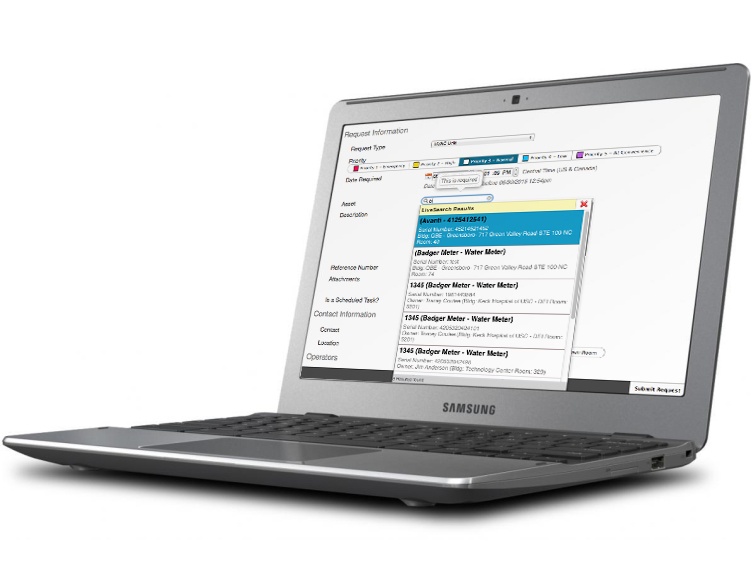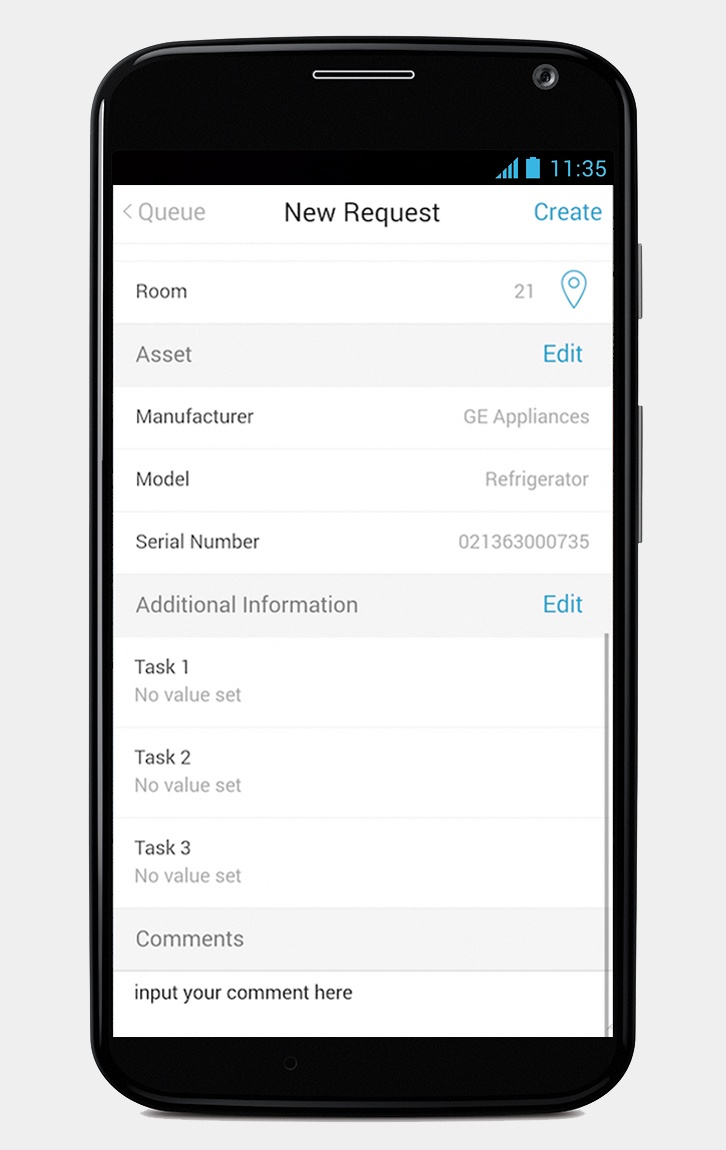In our latest eBook, Work Order Workout: 30 Days to a Healthier Work Order Process, we offer you a step-by-step approach to building a work order process which will set you up to save time and money, while increasing productivity. The steps are logically ordered and effective in creating a plan of action. However, anyone can say their product works, but the only way to truly confirm this is through first hand experience or the testimonial of others, who have used the system with great success. Today, we want to share insight from one client’s perspective, offering insider tips on how the company utilizes the iOffice Service Request software to generate work orders and analyze productivity data.
The Client Experience
Due to her professional experience in the Facilities Management industry, our client has had the opportunity to work with multiple Facilities management software solutions. The company’s initial investment was in the Space Management module, where they have found great success evaluating and managing their AutoCAD drawings. But today, we wanted to focus on how they have set up the Service Request module to maximize on its capabilities and enhance their productivity.
“The user friendly look and feel of this software is what my users love. It’s crisp, clean and intuitive.”
To generate a work order, the user finds the equipment in need of servicing by entering the asset ID#. The  software then pre-populates all of the asset information and the user selects from a drop-down list the specific issue(s). Finally, a ticket is automatically dispatched to the technicians. When implementing the software, the client’s SLA’s were entered into the system, so a ticket is automatically generated based on the details of the equipment and servicing needs. From here, one of their on-site engineers receives and accepts the ticket. The clock begins when they hit “start.” If the work order is not accepted in a set amount of time, it is assigned to the next technician in the queue. If the engineer is not ready to work the assigned ticket, they have the ability to pause the clock and reassign, or continue when needed.
software then pre-populates all of the asset information and the user selects from a drop-down list the specific issue(s). Finally, a ticket is automatically dispatched to the technicians. When implementing the software, the client’s SLA’s were entered into the system, so a ticket is automatically generated based on the details of the equipment and servicing needs. From here, one of their on-site engineers receives and accepts the ticket. The clock begins when they hit “start.” If the work order is not accepted in a set amount of time, it is assigned to the next technician in the queue. If the engineer is not ready to work the assigned ticket, they have the ability to pause the clock and reassign, or continue when needed.
Along with unplanned maintenance requests, the Service Request software is also set up to generate scheduled tasks for calibration and preventative maintenance. Depending upon their needs, PM tickets are triggered either 30 or 45 days out, giving their technicians ample time to schedule and plan for any provisions needed for the servicing.
 Since mobility is critical in today’s work environment, our client also utilizes the Service Request mobile application. The Facilities Team uses the mobile app to perform spot audits for more precise management of their inventory. During initial setup, each asset was assigned its own barcode. When a team member scans the barcode, the application brings up the asset information, where the user can edit any inaccurate information. Users have found the system extremely easy to update, if something has moved or been retired, and the application offers the team wider mobility, as they do not need to be at their PC to see tickets coming in. They receive notifications on their mobile device, where they can accept and begin the call as needed.
Since mobility is critical in today’s work environment, our client also utilizes the Service Request mobile application. The Facilities Team uses the mobile app to perform spot audits for more precise management of their inventory. During initial setup, each asset was assigned its own barcode. When a team member scans the barcode, the application brings up the asset information, where the user can edit any inaccurate information. Users have found the system extremely easy to update, if something has moved or been retired, and the application offers the team wider mobility, as they do not need to be at their PC to see tickets coming in. They receive notifications on their mobile device, where they can accept and begin the call as needed.
Data analysis and metrics are a critical business strategy for ensuring your team is maximizing all its resources and maintaining a high level of productivity. The specifics of what should be measured, and how often, will vary from company to company. This client generates metrics to analyze how long it takes to accept, start, and complete a service request ticket, as well as quantity and type (relocate, unplanned PM, etc.). This data offers insight into weaknesses within their processes, so they can make necessary adjustments moving forward.
Overall, not only is process expedited, but also data can be recorded and stored to help in tracking service trends. This provides the client the information they need to make decisions, often preemptively, about work orders, tech service, and system maintenance.
[blog_cta id=’ba9bd80b-6c92-43e7-b713-d125f3430265′]
